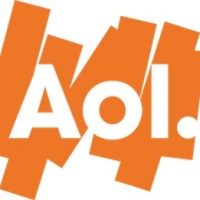Lessons to Learn from AOL's Recent Firing Debacle

A lot of people have heard of AOL, but until last week they may not have known much about Tim Armstrong, the company’s CEO. Recently during an internal team meeting of nearly 1,000 employees, Armstrong fired one his employees, Abel Lenz. This incident sent ripples all over the business world.
Some people believe that Abel was fired for taking pictures; others believe it is his association with the failing Patch project. Irrespective of the cause, this incident raises several questions: Is firing an employee in public the right thing to do? What are the repercussions of doing so in regards to the rest of the employees? What is the CEO’s role in the failure of a product?
I am sure Lenz must have felt strong emotions. Experiencing such an unjustified attack, embarrassment, and humiliation in front of so many people is probably going to leave a permanent mental scar.
Unfortunately, people in power often use humiliation as a tool and a form of social control in order to cover their own insecurities. If Armstrong had been unhappy with Lenz’s photo shooting, then there were better ways to handle the situation.
One of the bad behaviors Armstrong evidenced was that of the foul-mouthed boss. This type of boss has no control over his emotions; he speaks without control. The effects of such bad behavior can lead to late product delivery, productivity issues, poor employee retention, and unethical behavior.
As this survey from Accountemps states, “The most damaging blows to workplace morale are public criticism of an employee." There is research that proves that public criticisms can impact the bottom-line of a company.
AOL seems to be going through a bad patch already as the company is cutting many jobs. One needs to see how breaking the psychological safety net of the employees will impact AOL’s further growth.
AOL’s Patch problem is not something new. The question is: What kind of remedial measures has Armstrong taken to fix the problems? As a forward-looking CEO, has he tried applying strategies like lean startups, design thinking, and A/B testing? Even though Armstrong says he takes full responsibility for Patch’s failure, has he done anything to fix it?
Do you want to work for a boss like Armstrong? What is your reaction to this whole episode?

